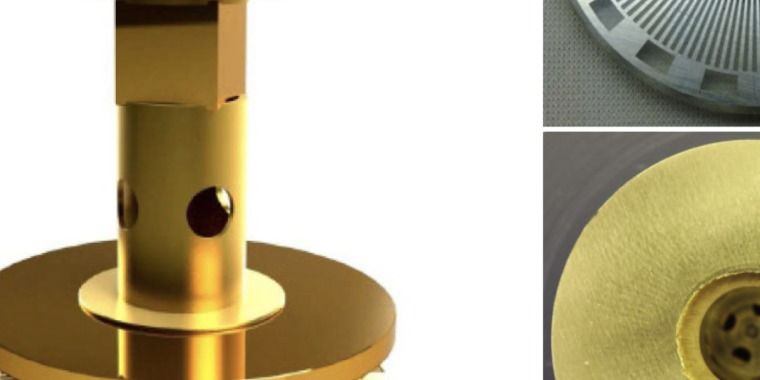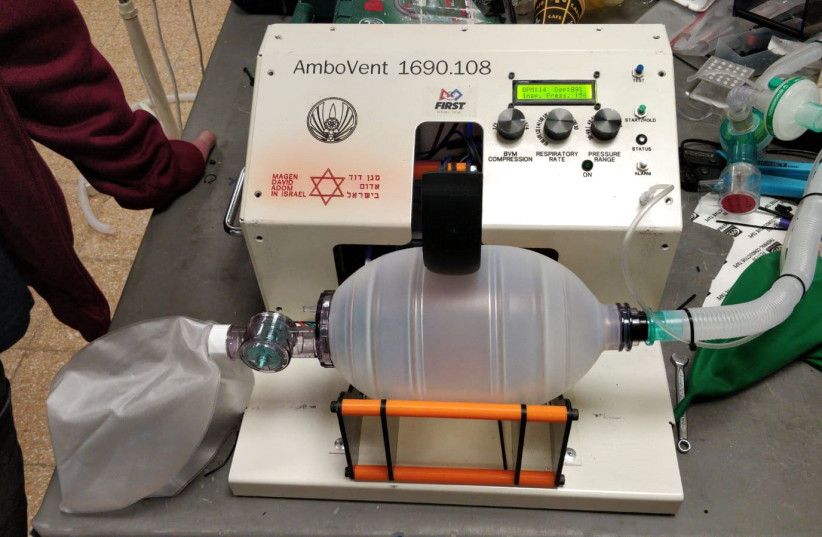Page 6778
Apr 7, 2020
Investors Pour $215 Million Into Quantum Computer Promising 1 Million Qubits – Enough Processing Power to Reshape Nearly Every Industry
Posted by Genevieve Klien in categories: computing, quantum physics

A new quantum computer under development is slated to have 1 million qubits – significantly more powerful than Google’s most recent milestone. PsiQuantum Corp., a Silicon Valley company, is developing a photon-based commercial quantum computer that runs on light. The company has raised $215 million from investors with participation from BlackRock Advisors, Founders Fund, Atomico and Redpoint Ventures. The company’s ote.
While a working prototype is estimated to be years away, the advanced technology is aiming to blow away the competition with a far superior machine.
Apr 7, 2020
Railway workers discover 14th century cave with medieval shrine or hermitage
Posted by Genevieve Klien in category: futurism
A team of rail workers delivering landslip repair works near Guildford have uncovered a small cave believed to be from the 14th century.
Apr 7, 2020
New map pinpoints US power lines susceptible to space weather super-storms
Posted by Genevieve Klien in categories: energy, space
Apr 7, 2020
Experiment finds that gravity still works down to 50 micrometers
Posted by Genevieve Klien in category: futurism
Apr 7, 2020
Coronavirus: Israeli researchers design low-cost open-source ventilator
Posted by Omuterema Akhahenda in categories: 3D printing, biotech/medical, robotics/AI
Is a low-cost Israeli #ventilator the key to saving #coronavirus patients in #Iran, Africa and more?
“We are not talking about a website for the general public, we are talking about engineers and other experts, and we know the groups who are working on it because they are in touch with us via WhatsApp and emails, to ask questions and understand how to proceed,” he said.
“AmboVent” is a device inspired by the bag-valve mask ventilators that paramedics use when they’re manually ventilating patients in an ambulance, which also offers controls for respiration rate, volume, and maximum peak pressure. Organizations involved in its development include the Magen David Adom, Israeli Air Force 108 Electronics Depot; physicians from Hadassah and Tel Aviv Sourasky medical centers; Microsoft; Rafael, an Israeli defense contractor; Israeli Aerospace Industries; and mentors and students from FIRST Israel, a student robotics organization.
Continue reading “Coronavirus: Israeli researchers design low-cost open-source ventilator” »
Apr 7, 2020
The Air Force just fielded its first high-energy laser weapon overseas
Posted by Quinn Sena in categories: drones, military
The Air Force Research Laboratory (AFRL), based at Wright-Patterson Air Force Base, has delivered what it says is the Air Force’s first high-energy laser weapon for battlefield use against drones.
AFRL has set up the laser weapon system overseas for a 12-month field assessment. The Air Force Strategic Development Planning & Experimentation (SDPE) Office located at Wright-Patt is leading the project, AFRL said in a statement Monday.
Apr 7, 2020
Rich countries try radical economic policies to counter covid-19
Posted by Kelvin Dafiaghor in categories: biotech/medical, economics
Apr 7, 2020
Researchers Demonstrate Microwave-Optical Entanglement via Mechanical Interface
Posted by Omuterema Akhahenda in categories: computing, quantum physics
#quantum #photonics
COPENHAGEN, April 3, 2020 — Using lasers, researchers at the Niels Bohr Institute at the University of Copenhagen have developed a way to entangle electromagnetic fields from microwave radiation and optical beams. Creating entanglement between microwave and optical fields could help scientists solve the challenge of sharing entanglement between two distant quantum computers operating in the microwave regime.
Apr 7, 2020
Boeing Starliner Wings Clipped. Will Launch Again Without a Crew.
Posted by Bill D’Zio in categories: complex systems, innovation, space, space travel
Boeing flubbed the first mission of the CST-100. Seemingly a routine mission for SpaceX after completing over 20 deliveries to the International Space Station, Boeing showed how not to do it. During the December 2019 Demo flight for the Boeing Starliner CST-100, the Starliner did not reach its planned orbit. Nor did the Starliner dock to the International Space Station as planned. Boeing was able to complete a number of mission objectives during the flight to comply with the milestones related to NASA’s Commercial Crew.

CST-100 Starliner OFT Recovery – December 22, 2019
On the ULA Atlas V rocket at 6:36 a.m. Friday, Dec. 20, the Boeing Starliner launched from Space Launch Complex 41 at Cape Canaveral Air Force Station in Florida. Boeing has a long rich history in both aviation and spaceflight. This mission, already three years behind in schedule, should have been a slam dunk.
After launching to the incorrect orbit, Boeing was able to successfully recover the Starliner. NASA shared that Boeing’s CST-100 Starliner spacecraft did successfully complete the first land touchdown of a human-rated capsule at the White Sands Space Harbor in New Mexico at 7:58 a.m. EST (5:58 a.m. MST) on December 22, 2019. The landing followed a deorbit burn for the botched flight, separation of the spacecraft’s service module, and successful deployment of its three main parachutes and six airbags. Boeing’s approach to the Starliner is unique as the prior US-made capsules, including the SpaceX Dragon, are water recoveries.
Starliner settling softly to the ground on Airbags wasn’t enough.
The NASA and Boeing investigation into the spaceflight was disclosed in Early March 2020. The recommendations included a list of corrections that needed to be addressed prior to the Starliner launching again. The investigation documented 61 “corrective actions” for the company’s Starliner spacecraft. This type of test did do what it was supposed to do. Find issues before people are exposed to potentially dangerous situations. This human risk reduction is a hallmark of the NASA Commercial Crew Program which was put in place to alternatives to the Space Shuttle and Soyuz spacecraft. NASA associate administrator Doug Loverro shared with reporters on a conference call that he expected it months for Boeing to work through the list to be ready for another test flight.
















